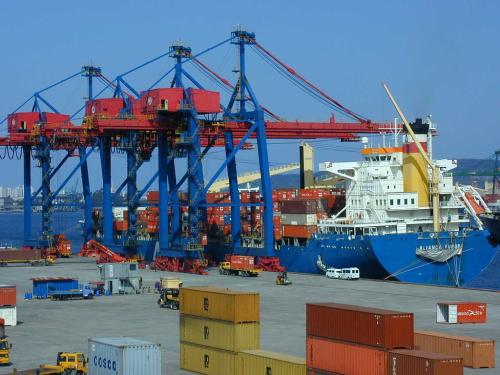What makes São Paulo a global city? Some might say its size. It is the largest city in South America. The São Paulo metro area, as our forthcoming Global MetroMonitor will reveal, is the 10th largest in the world by population and 13th largest by GDP. Others might point to its role as the finance capital of Latin America. Still others might point to its large international population, which includes the largest number of ethnic Japanese residents outside Japan.
Our contention in our recent Metro Trade report, and in our Global Cities Initiative [forum this week], is that trade and international exchange define a city’s global character. There is no “yes/no” global city status, so much as a continuum of global engagement along which all cities sit by virtue of their firms’ participation in the global marketplace.
In that respect, the São Paulo city-region is indeed highly globalized. As we heard in a presentation today by Aod Cunha of JP Morgan Chase, the São Paulo economy is much more knowledge-intensive and services-focused than are other parts of Brazil. The headquarters of dozens of national and multinational firms in Latin America–including 19 of the world’s 25 largest banks—can be found here. At the same time, it is a manufacturing powerhouse, leading in aircraft exports via Embraer. And it retains an important role in Brazil’s commodity economy, sending oil, sugars, and fruits to foreign markets, especially China.
Yet as São Paulo and other cities have begun to understand, the upsides of participation in global trade–gaining access to new sources of demand, boosting productivity, hedging against domestic declines–are balanced by the demands of real global engagement: brutal competition, frequent dislocation, and constant pressure to innovate.
So São Paulo faces some critical challenges to maintaining its competitive edge and re-asserting its leadership in the fast-changing Brazilian and Latin American economy. Chief among these, as Cunha described, is urban mobility and industrial development. One ride into the center of São Paulo city at rush hour, or from one neighborhood to another in the middle of the day—often a multi-hour project–tells you much of what you need to know about the urgency of the problem.
This partly reflects that, relative to demand, São Paulo’s public transportation is underdeveloped and in need of upgrading and expansion. But it also reflects a planning and economic development challenge. One is struck immediately upon entering São Paulo from the airport 25 miles to the northeast how many high-rise residential buildings ring the outskirts of the city. Connecting those densely populated neighborhoods to the places in the region with jobs to keep firms competitive is a huge priority for the city and region and the subject of the ambitious SP2040 plan and its associated public and private investments.
These are not the only factors that will determine São Paulo’s global success; tax and education reform are key issues that remain to be tackled at the national level for Brazil. But they provide a reminder of the key role that metropolitan leaders play through local investment decisions in supporting a city’s global engagement. As Cunha concluded, there are too many variables to know whether Brazil will grow at 3, 4, or 5 percent in the long term … but if it even hopes to grow at 1 percent, it can no longer afford to ignore the huge infrastructure challenges that face its most important metro economy and most globalized city.
Note: This post has been updated to reflect that São Paulo is home to 19 of the world’s 25 largest banks, not 15 of the largest 20 as previously stated.
Read Metro Trade: Cities Return to Their Roots in the Global Economy »










Commentary
São Paulo Striving to Keep Global Economic Edge
November 27, 2012